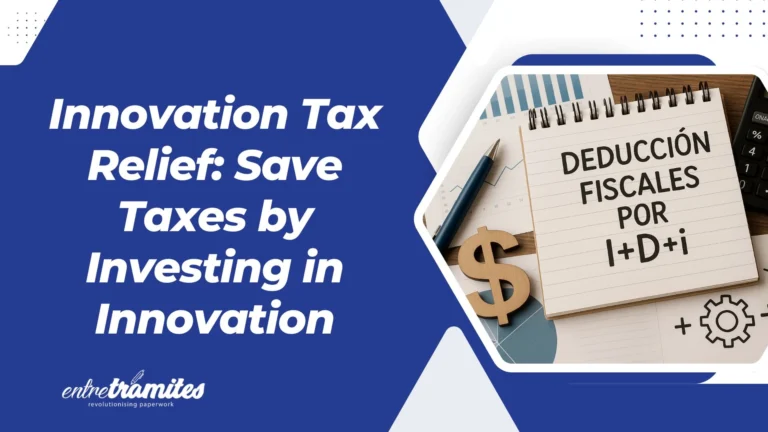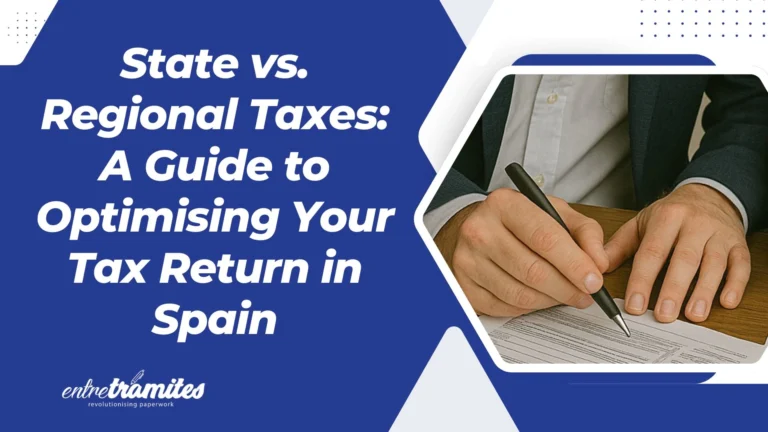Innovation tax relief is one of the main fiscal incentives for innovative companies. It allows you to directly reduce your tax burden in Corporate Tax, rewarding efforts in Research, Development, and Technological Innovation. Furthermore, if a company has insufficient tax liability to apply the deduction, there are mechanisms that allow them to recover the unused value.
What Is Innovation Tax Relief?
These deductions allow companies to reduce their Corporate Tax liability based on the expenses and investments made in projects that qualify as R&D or Technological Innovation under Article 35 of the Spanish Corporate Tax Law (LIS).
In addition, if the company has insufficient tax liability, it can request a direct refund of the unused amount (cash-back) through Article 39.2 of the LIS, provided it meets certain technical and employment requirements.
Which Activities Qualify?
Two main categories are distinguished for the purpose of applying innovation tax relief:
- Research and Development (R&D): This includes the creation of new products, processes, or services, as well as substantial technological improvements, experimental development, and non-commercial prototypes.
- Technological Innovation (IT): This category covers significant improvements to existing products or processes, incorporating digital technologies, sustainability, or energy efficiency.
Applicable Deduction Percentages
The percentages depend on the nature of the project:
- For R&D:
- 25% on the expenses of the tax year.
- 42% on the portion that exceeds the average of the two previous years.
- An additional 17% for personnel exclusively dedicated to R&D projects.
- An additional 8% for investments in fixed assets used for R&D (excluding buildings and land).
- For Technological Innovation:
- 12% of eligible expenses.
The general application limit is 25% of the net tax liability. This limit can be raised to 50% if the R&D+i deductions represent more than 10% of that liability.
Requirements to Apply for Innovation Tax Relief
To be eligible for these deductions, your company must:
- Be up to date with its tax and Social Security obligations.
- Not have been sanctioned for serious tax infractions in the last three years.
- Have technical documentation to justify the projects and expenses incurred.
- It is highly recommended to obtain a binding technical report from the Ministry of Science, Innovation, and Universities or an accredited certification to provide legal certainty.
- Properly record all expenses in your accounting and reflect them in the Corporate Tax Form (Modelo 200).
Frequently Asked Questions (FAQs)
Can startups with no profits apply this deduction?
Yes. Even if they don’t have enough tax liability, they can use the “cash-back” mechanism to receive a direct refund of the deductible amount. This provides a crucial source of liquidity for new businesses.
Is it mandatory to have a technical report from the Ministry?
No, it’s not mandatory, but it is highly recommended. Recent rulings by the Supreme Court have established that these reports are binding on the Tax Agency, significantly reducing the risk of a deduction being rejected during an inspection.
Can I combine this deduction with public grants?
Yes. The deductions are compatible with public grants (such as those from CDTI or Next Generation funds) as long as you can show clear accounting traceability. You cannot apply the deduction to costs that have already been subsidised by a grant.
Innovation tax relief is a key strategic lever for boosting a company’s competitiveness, profitability, and capacity for innovation. Optimising these incentives requires careful planning, rigorous documentation, and, whenever possible, an official technical report to secure your claim.
If you need personalized assistance, at Entre Trámites we offer management and tax advisory services for freelancers and SMEs. You can contact us through this contact form for us to call you, or if you prefer, you can schedule a free consultation or write to us on WhatsApp.



